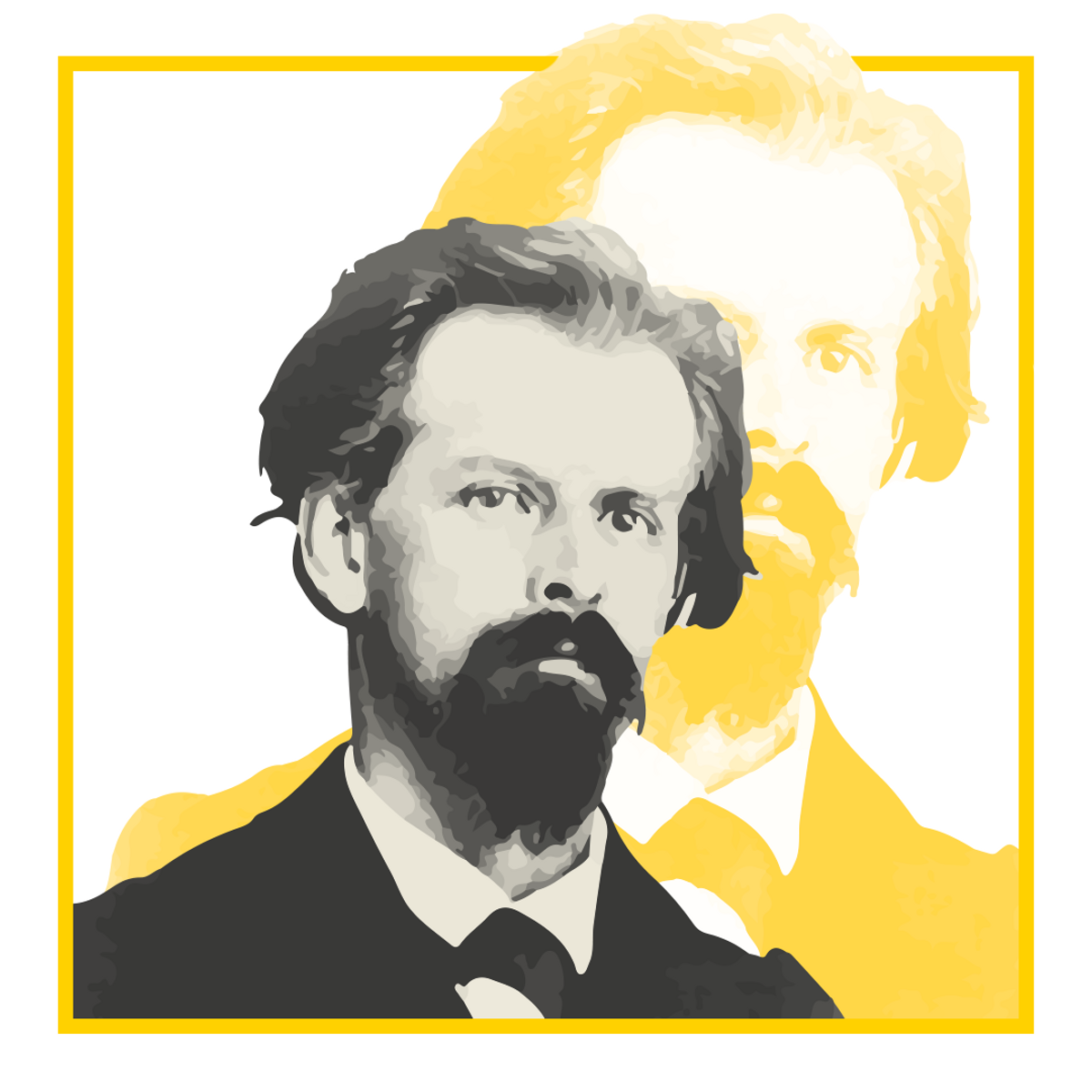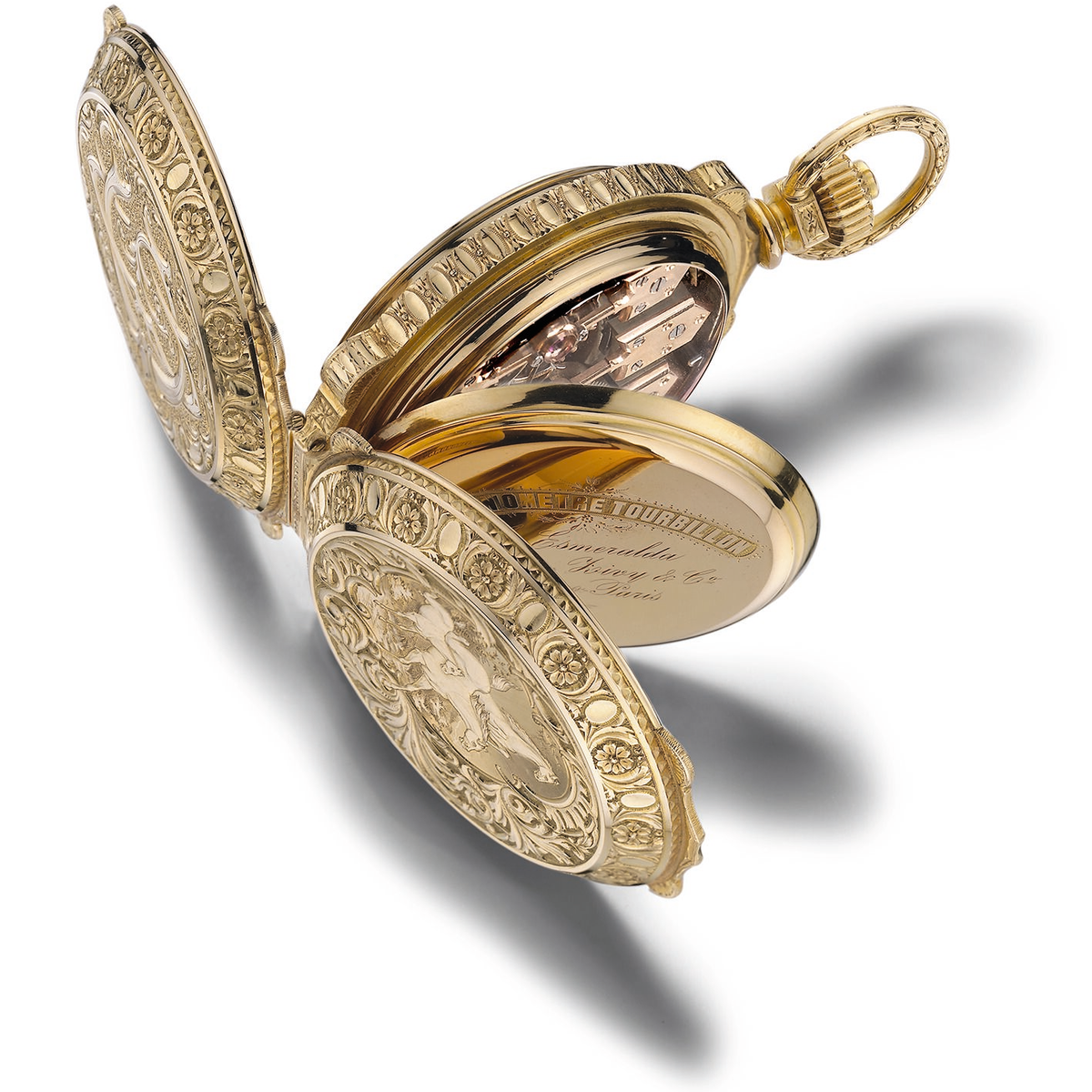Following an apprenticeship in the Neuchâtel mountains, Constant Girard, born in 1825, embarked on his career in partnership with another watchmaker, C. Robert, before joining forces with his brother, Numa, as Girard & Cie, established 1852. His marriage, two years later, to Marie Perregaux, who came from a family of watch dealers, would give fresh impetus to business. Together, in 1856, they founded the Girard-Perregaux manufacture in La Chaux-de-Fonds, Switzerland. Constant Girard was especially interested in escapements and in particular the tourbillon escapement that Abraham-Louis Breguet had patented at the turn of the century. Girard’s idea was that the tourbillon should be not just a piece of precision mechanics worthy of the finest pocket watches of the day, but an integral part of the watch’s aesthetic, and so he incorporated it into a new architecture with three arrow-shaped parallel bridges that held the movement in place and which were clearly visible on the dial. From a purely functional mechanism, the tourbillon became a full-fledged element of watch design.

